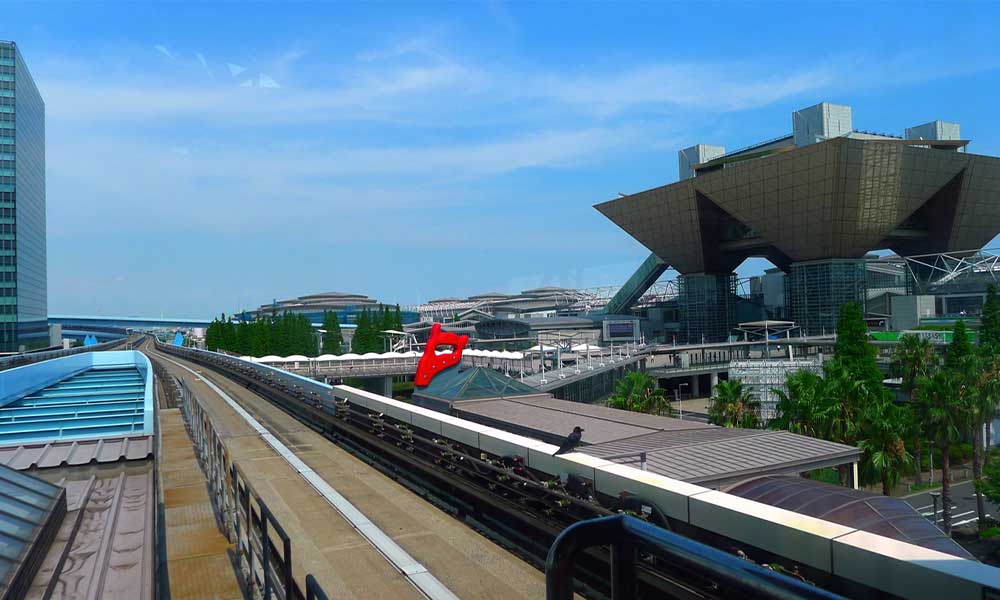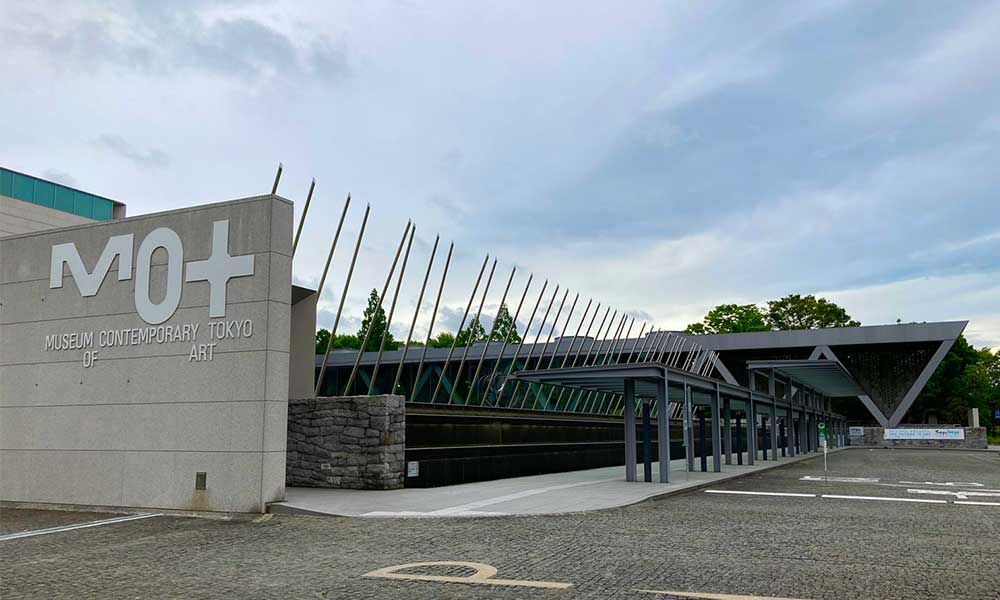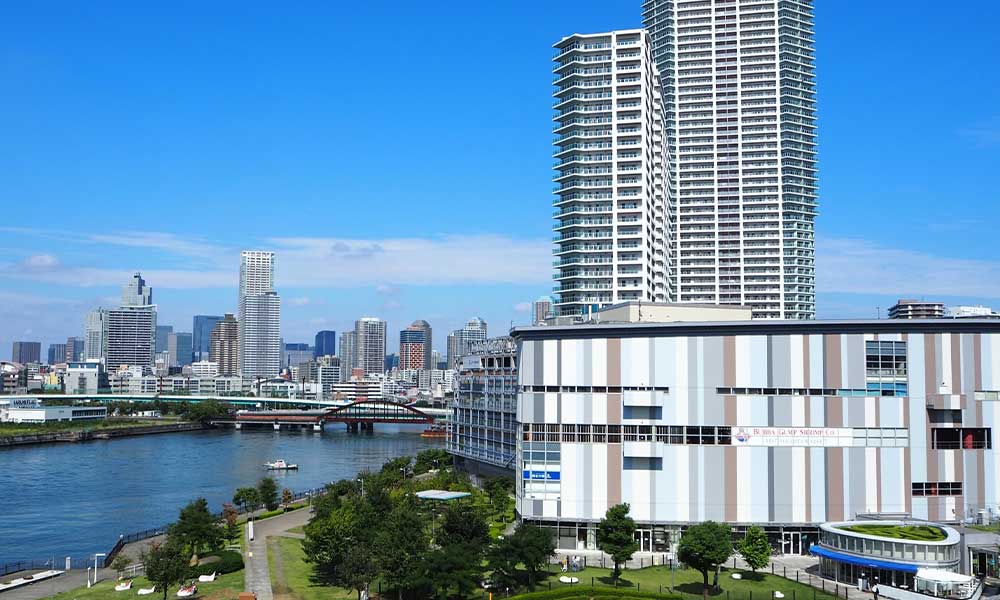Koto Ward, Tokyo東京都千代田区
Living in Koto Ward, Tokyo

We have Summarized the livability of Koto Ward, Tokyo.
23 WARD AREA23区地域
-
- CHIYODA WARD 千代田区
-
- CHUOU WARD 中央区
-
- MINATO WARD 港区
-
- SHINJYUKU WARD 新宿区
-
- BUNKYO WARD 文京区
-
- TAITO WARD 台東区
-
- SUMIDA WARD 墨田区
-
- KOTO WARD 江東区
-
- SHINAGAWA WARD 品川区
-
- MEGURO WARD 目黒区
-
- OTA WARD 大田区
-
- SETAGAYA WARD 世田谷区
-
- SHIBUYA WARD 渋谷区
-
- NAKANO WARD 中野区
-
- SUGINAMI WARD 杉並区
-
- TOSHIMA WARD 豊島区
-
- KITA WARD 北区
-
- ARAKAWA WARD 荒川区
-
- ITABASHI WARD 板橋区
-
- NERIMA WARD 練馬区
-
- ADACHI WARD 足立区
-
- KATSUSHIKA WARD 葛飾区
-
- EDOGAWA WARD 江戸川区
CONTENTS
- What kind of place is Koto Ward, Tokyo?
- Koto WardPR video
- How is the traffic situation in Koto Ward?
- How are the rent and land prices in Koto Ward?
- How is childcare and education in Koto Ward?
- How about shopping in Koto Ward?
- How about jobs and recruitment in Koto Ward?
- Koto Ward’s unique subsidy/subsidy system
What kind of place is Koto Ward, Tokyo?

Koto Ward, a seaside town where development is progressing mainly in Toyosu
Koto Ward is located slightly east of the center of Tokyo’s 23 wards, and with an area of approximately 10.11 square kilometers, it is the smallest ward among the 23 wards.
It borders Arakawa Ward to the north, Sumida Ward to the east across the Sumida River, Chiyoda Ward and Chuo Ward to the south, and Bunkyo Ward to the west.
It has a population of approximately 207,000 and approximately 128,000 households. (As of January 2023)
Koto Ward is located in the southeast of Tokyo’s 23 wards and has an area of approximately 43.01 square meters.
It is adjacent to Sumida Ward to the north, Edogawa Ward to the east, Ota Ward, Shinagawa Ward and Tokyo Bay to the south, and Chuo Ward and Minato Ward to the west. The Arakawa River is to the east, the Sumida River to the west, and Tokyo Bay to the south. It is surrounded by water with canals and rivers running through it from north to south, and is also known as the “Watercolor City.”
It has a population of approximately 533,000 and the number of households is approximately 283,000. (As of February 2023)
It was created in 1947 by the merger of the former Fukagawa and Joto wards.
The name of the ward comes from its location east of the Sumida River.
Long ago, Koto Ward was just an island in Tokyo Bay, but due to land reclamation that began in the early Edo period, it gradually transformed into land.
During the Edo period, the Fukagawa area developed as a temple town lined with samurai residences and shrines. Even today, many famous buildings remain within the ward, such as Kameido Tenjin, Tomioka Hachimangu, and Fukagawa Fudodo.
The Joto area has long been an area of mostly farmland, but since the Meiji period, industrialization has progressed and the area has prospered with many factories and residential areas.
The Aomi and Ariake areas, known as waterfront areas, are relatively new reclaimed land. Taking advantage of the beautiful cityscape overlooking the sea, the area has been developed into a modern planned city in recent years, with many large exhibition halls, commercial facilities, and stadiums being built.
Originally a factory area, the Toyosu area has undergone rapid development since the early 1990s, transforming into an area lined with high-rise buildings, high-rise apartment buildings, and commercial facilities. It has become popular due to its relative proximity to the city center and its closeness to the sea, and is now the area with the highest land prices in Koto Ward.
Toyosu Market, which opened in 2018 after relocating from Tsukiji Market, is also located in this area, and is attracting attention as a new tourist spot.
The representative festival in Koto Ward is the “Fukagawa Hachiman Festival,” which is counted alongside the Kanda Festival and the Sanno Festival as one of the three major festivals of Edo and has a history of about 380 years.
Held every August, it is a lively festival in which people carry a glittering portable shrine through the town. It is also known as the “Water-Spraying Festival” because of the custom of splashing water on people from the roadside to ward off the heat, and is famous for attracting many tourists every year.
PR video of Koto Ward, Tokyo
Koto Ward – A city where connections can be found –
KOTO TIME Special Edition
How is the traffic situation in Koto Ward?

Koto Ward is a city with plenty of train services and easy access to anywhere in Tokyo.
There are 10 lines and 28 stations that pass through Koto Ward.
| Toyosu Station | Tokyo Metro Yurakucho Line・Yurikamome Line |
| Shin-Kiba Station | JR Keiyo Line・Tokyo Metro Yurakucho Line・Tokyo Waterfront Area Rapid Transit Rinkai Line |
| International Exhibition Center Station | Tokyo Waterfront Area Rapid Transit Rinkai Line |
| Tokyo Teleport Station | Tokyo Waterfront Area Rapid Transit Rinkai Line |
| Monzen-Nakacho Station | Tokyo Metro Tozai Line・Toei Oedo Line |
| Sumiyoshi Station | Tokyo Metro Hanzomon Line・Toei Shinjuku Line |
| Ariake Station | Yurikamome Line |
| Kiyosumi Shirakawa Station | Tokyo Metro Hanzomon Line・Toei Oedo Line |
| Ichiba-mae Station | Yurikamome Line |
| Kameido Station | JR Sobu Line・Tobu Kameido Line |
| Morishita Station | Toei Shinjuku Line・Toei Oedo Line |
| Kiba Station | Tokyo Metro Tozai Line |
| Aomi Station | Yurikamome Line |
| Oshima Station | Toei Shinjuku Line |
| Nishi-ojima Station | Toei Shinjuku Line |
| Toyocho Station | Tokyo Metro Tozai Line |
| Shinonome Station | Tokyo Waterfront Area Rapid Transit Rinkai Line |
| Higashi-Ojima Station | Toei Shinjuku Line |
| Telecom Center Station | Yurikamome Line |
| Ariake Tennis Forest Station | Yurikamome Line |
| Tokyo Big Sight Station | Yurikamome Line |
| Kameido-suijin Station | Tobu Kameido Line |
| Shiomi Station | JR Keiyo Line |
| Shin-Toyosu Station | Yurikamome Line |
| Minamisunamachi Station | Tokyo Metro Tozai Line |
| Tokyo International Cruise Terminal Station | Yurikamome Line |
| Tatsumi Station | Tokyo Metro Yurakucho Line |
| Etchujima Station | JR Keiyo Line |
Bus routes are operated by Toei Bus and Keihin Kyuko Bus.
The community bus “Shiokaze” that runs through major facilities and stations in the ward operates on two routes: the “Kiba Route” that starts at Shiomi Station and passes through Edagawa, Kiba, and Shiohama, and the “Tatsumi Route” that runs between Shiomi and Tatsumi. The fare is reasonable at 100 yen per person for elementary school students and above, making it a valuable means of transportation for ward residents.
There are also water buses available, unique to an area surrounded by the sea and rivers.
Tokyo Cruise, operated by Tokyo Sightseeing Cruises, runs from Toyosu and Tokyo Big Sight to Hinode Pier and Hama Rikyu, making it the perfect way to sightsee.
区内からアクセスできる高速道路は4線あり、出入口は8ヶ所あります。
| Metropolitan Expressway Route 7 Komatsugawa Line | Kinshicho IC |
| Metropolitan Expressway Route 9 Fukagawa Line | Fukuzumi IC・Kiba IC・Edagawa IC |
| Metropolitan Expressway Route 10 Harumi Line | Toyosu Interchange |
| Shuto Expressway Bayshore Line | Waterfront New City IC・Ariake IC・Shinkiba IC |
Roads within Koto Ward include National Route 14 (Keiyo Road), which runs from the ward to Chiba City, and National Route 357 (Tokyo Bayshore Route), which runs from Chiba Prefecture through the ward to Yokosuka City in Kanagawa Prefecture.
Many areas are served by multiple train lines, making it easy to get to any direction, east, west, north or south.
The trains are very crowded during the morning rush hour.
How are the rent and land prices in Koto Ward?

Koto Ward: A popular city with high-rise apartments
According to information from a real estate information website, the average rent in the ward for a newly built apartment within a 10-minute walk from the station is around 98,000 yen for a 1K and 143,000 yen for a 2DK.
The average price per tsubo for land is around 2,147,000 yen per tsubo.
The average price of a newly built apartment is 64,140,000 yen, the average area is 61.95m², and the average price per tsubo is 3,423,000 yen per tsubo. (As of 2018-2022)
How is childcare and education in Koto Ward?

Koto Ward: A city with a good environment for raising children and generous support for raising children
Koto Ward has 112 nurseries, 32 kindergartens, 42 elementary schools, 23 junior high schools, 11 high schools, 8 junior colleges and universities, and 7 vocational schools.
Child medical expenses subsidy applies to children under 18 years old (until March 31st after they reach 18 years old) for both outpatient and inpatient care, and is fully subsidized.
Child allowances are provided: 15,000 yen for children under 3 years old, 10,000 yen for the first and second child for children 3 years old or older and up to elementary school age, 15,000 yen for the third child and onwards, and 10,000 yen for junior high school students. Koto Ward is a city with a well-developed infrastructure and generous support for child-rearing.
Koto Ward also offers a wide range of child-rearing support services unique to the ward.
In the “Cradle Interview,” a specialized staff member interviews pregnant women and allows them to discuss any concerns or worries they may have during pregnancy. It’s a great system in which you can also receive a gift after the interview.
In the “Postpartum Care Service,” mothers who are worried or concerned about child-rearing for various reasons can receive mother-child care, breastfeeding guidance, and child-rearing guidance from midwives and specialized staff along with their babies.
In addition, there is “Day-trip Postpartum Care,” where mothers and babies under four months old can receive child-rearing advice at a facility, “Accommodation Postpartum Care,” where you can consult about various concerns at an accommodation facility, and “Breast Care,” where a midwife visits your home and provides breastfeeding care.
There are 18 “children’s centers” in the ward that can be used by everyone from infants and their parents to junior and senior high school students, where children can play and learn in a way that suits their age, and where specialized staff can give advice on child rearing.
In addition, the Onagigawa Children’s Center also offers a temporary childcare service, where children aged 6 months to preschool age can be temporarily left at the center for any reason, such as shopping or going to the hospital.
Koto ward has 21 “children’s cafeterias” where children can come alone and receive meals for free or at a fixed price. They also serve as a place of relaxation for dual-income households and children who have to eat alone for various reasons.
In addition, the “Koto Kids Club Project” is implemented as an after-school support for elementary school children. This project provides a place to play and live on behalf of parents for children whose parents are not at home during the day due to work, etc. We provide a safe place at elementary schools and children’s centers in the ward where children can spend time playing sports and playing with children of the same age.
There are many after-school programs, schools, and cram schools, making it an ideal environment for raising children.
The Toyosu area is an area where there is a continuing shortage of nursery schools due to population growth, and there are many children on waiting lists.
How about shopping in Koto Ward?

Koto Ward: A convenient shopping area with large shopping malls
Koto Ward has different streetscapes between the old downtown area and the relatively new waterfront area.
The Fukagawa and Joto areas are areas full of old-fashioned downtown atmosphere and have many old-fashioned shopping streets.
Kameido Daimon Retro Shopping Street has the longest history in the ward, and developed as an approach to Katori Shrine from around the Meiji period, and is famous as a shopping street with many old-fashioned stores.
Sunamachi Ginza Shopping Street is a shopping street with a total length of about 670m and about 140 stores lined up, and is one of the three major Ginza shopping streets, along with Togoshi Ginza Shopping Street and Jujo Ginza Shopping Street, and is one of the most popular shopping streets in Tokyo.
In addition to shopping streets, this area is dotted with major supermarkets such as Aeon and Ito Yokado, as well as discount stores and electronics retailers, making it a convenient area for shopping with relatively low prices.
The waterfront area is an area where large buildings such as large complexes, exhibition halls, and stadiums for families are being built one after another.
Urban Dock Lalaport Toyosu, located right next to Toyosu Station, is a large complex consisting of three buildings, Lalaport Toyosu 1, Lalaport Toyosu 2, and Lalaport Toyosu 3, and is home to approximately 220 stores, including shops, restaurants, and movie theaters. Some facilities are connected internally to high-rise apartment buildings, so many shops target families, and Kidzania Tokyo is a popular spot that is crowded every day as a work experience facility for children.
Ariake Garden, located near Yurikamome Ariake Station, is a complex with approximately 200 stores, including supermarkets, shops, spas, and the Shiki Theatre Company theater.
This area makes use of the waterfront terrain and has many stylish facilities and tourist spots, making it fun to shop, but the prices tend to be high.
There are many shopping districts with unique shops and prices are low, so it’s an easy place to live.
Areas along the Yurikamome line tend to be tourist destinations, so prices of everyday items are higher.
How about jobs and recruitment in Koto Ward?
Koto Ward is a city with a wide range of jobs, from manufacturing to printing-related work.
The average annual salary in Koto Ward is 4,624,000 yen.
Koto Ward is an area that developed during the Meiji period as an industrial area that took advantage of its waterfront topography.
The Kiba area is home to a thriving lumber and wood product industry, and the area’s name is derived from this.
The ward is also home to many glass factories, and is famous for glass crafts such as Edo Kiriko.
The Fukagawa area has many printing and textile-related companies, and is home to more than 1,000 companies, including small and medium-sized businesses. It can be said to be an area with stable job opportunities.
























